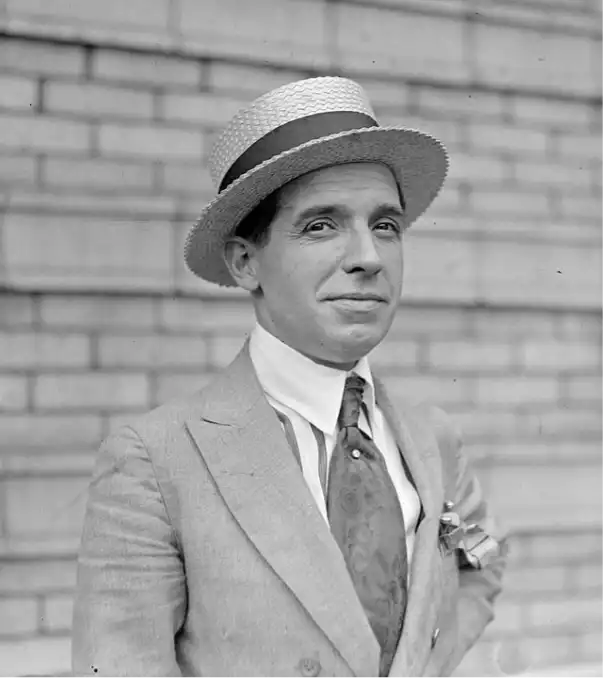Regulated Booms and Busts
News
|
Posted 08/06/2023
|
9799
In January 1920, the SEC was born. The Securities Exchange Company was started by a man who wanted to regulate the sale of securities in the United States. The man who started the SEC:
Charles Ponzi

That's right, the Ponzi for which the infamous scheme is named after. He used the SEC as a vehicle to sell his scheme and quickly became a millionaire. After its eventual collapse, a different body with a similar sounding name was opened to hopefully protect consumers and stabilise markets.
The Current SEC
In 1934, the Securities Exchange Commission was formed. Also, an independent agency, its purpose was to prevent crashes and market manipulation. The SEC oversees the regulation of exchange-traded funds, including those tracking gold prices. Gold ETFs are investment vehicles that allow investors to gain exposure to the gold market without directly owning physical gold. Regulatory changes related to ETFs, such as approval processes, disclosure requirements, or restrictions, may impact the supply and demand dynamics of these investment products, which can indirectly influence gold prices.
Despite regulation, the paper-to-gold ratio is currently sitting at about 123 to 1, according to usdebtclock.org. This means that for every 123 "paper" ounces of gold there are in existence, only 1 is actually backed by gold. Silver is even worse at 346 to 1. Just to put that into perspective, the paper-to-crypto ratio is only about 18 to 1. This means that the prices of gold and silver that we see on most charts is substantially weighted by the transactions in derivatives markets. This means that aggressive buying and selling can occur even if there is not enough actual metal to back the trades. This can lead to the, at times, substantial rises and falls seen in metals markets.
The CFTC
Another major regulatory body connected to silver and gold is the CFTC. The Commodity Futures Trading Commission (CFTC) is the regulatory agency in the United States responsible for overseeing futures and options markets. This includes commodities markets like gold and silver as well. The chairman of the CFTC has previously said in an interview that the futures market was able to be used to "tamp down" the silver market.
Merriam-Webster dictionary
Tamp: Verb
"To drive in or down by a succession of light or medium blows"
That's an interesting thing to say, as it means that they want the silver market to stay low. Why would regulators try so hard to cap runs in the precious metals markets?
- Inflation Concerns: Gold and silver are viewed as hedges against inflation. When inflation expectations rise, investors typically turn to gold and silver as means of preserving their purchasing power. The perception that a fiat currency is losing value due to inflation undermines the confidence in that currency, especially if the central bank's monetary policy is perceived as inadequate in managing inflation (is our CPI data taking into account prices at the grocery store?).
- Lack of Control: Central banks have limited control over the value of gold and silver as they are determined by global supply and demand dynamics. Unlike fiat currencies, which can be influenced by monetary policy and economic decisions, gold and silver operate independently. This lack of control over their prices can be seen as a challenge to the stability and value of fiat currencies. This is heavily magnified in the case of physical bullion, which is not at the mercy of leverage.
The Positives for Investors
Accumulating wealth in financial markets happens when values of certain things rise while others fall. In a world with a stable, gold and silver backed currency and no speculators pushing markets into dramatic rises and falls, everything would look very flat.
With knowledge of inflation, price charts and how to move money between fiat, precious metals, and other assets, the ideal situation is a boom and bust environment that allows large trades and investments. In other words, it's difficult to surf if there are no waves.
Crossroads
If the agencies mentioned are interested in suppressing the price of precious metals as the chairman of the CFTC mentioned, how will the difficulty of their roles increase if the central banks all begin to cut interest rates? This opens up another exciting range of situations for metals markets. Dramatic inflation could lead to a steady rise in the metals markets. If the prices are overly suppressed and become unmanageable, something could break and there could be dramatic corrections upward.